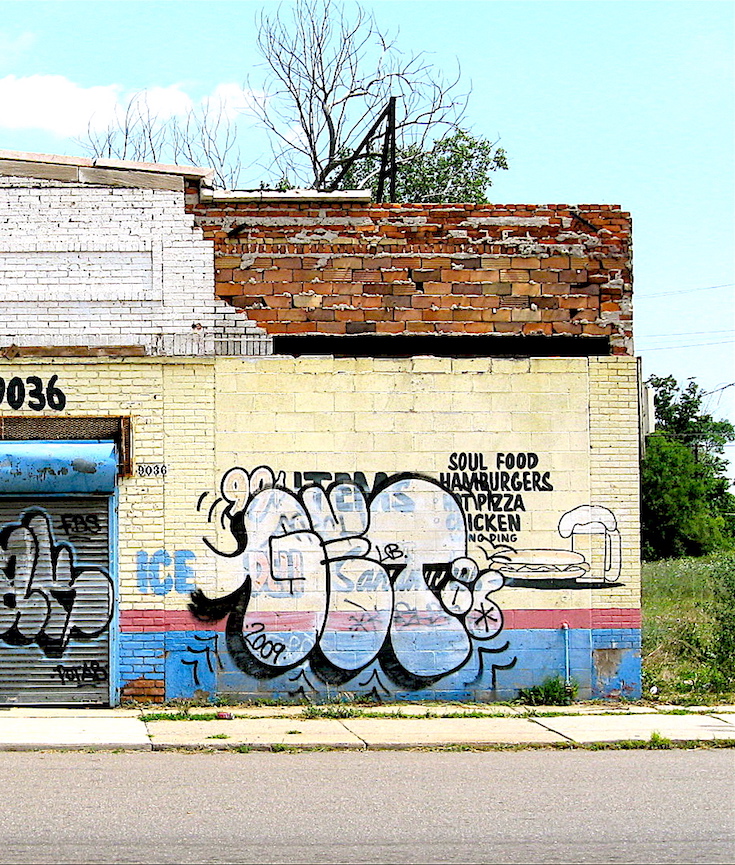[dropcap]TV[/dropcap] sets transported images of cars and buildings engulfed in orange flames and black smoke into American living rooms. After the uprising, whites and middle-class African-Americans fled the city, leaving poor and working-class African-American families to fend for themselves.
Today, Detroit is 80 percent African-American. Forty percent of its population lives below the federal poverty line, while many of its suburbs are predominately white and far richer.
Mr. Jones, who was a 13-year-old boy at the time of the uprising (and whose first name I am withholding to protect his privacy), told me that although his memory often fails him now, he will never forget the National Guard’s tanks lumbering down his street. Even though they were traumatized, Mr. Jones and his family refused to leave Detroit. Instead, they hunkered down during the city’s worst years because Detroit was home. Despite this loyalty, a property tax foreclosure crisis in Detroit is doing what the violence of the uprising and its aftermath never could, displacing Mr. Jones and many other African-American homeowners just when the city is entering its long-awaited revival.
[mc4wp_form id=”6042″]
 Photo | Nadau Lavergne Architects
Photo | Nadau Lavergne Architects


The 1967 Detroit riot, also known as the 12th Street riot, was a violent public disorder that turned into a civil disturbance in Detroit, Michigan. It began in the early morning hours of Sunday July 23, 1967. The precipitating event was a police raid of an unlicensed, after-hours bar then known as a blind pig, just north of the corner of 12th Street (today Rosa Parks Boulevard) and Clairmount Avenue on the city’s Near West Side. Police confrontations with patrons and observers on the street evolved into one of the deadliest and most destructive riots in the history of the United States, lasting five days and surpassing the violence and property destruction of Detroit’s 1943 race riot.
To help end the disturbance, Governor George W. Romney ordered the Michigan Army National Guard into Detroit, and President Lyndon B. Johnson sent in both the 82nd and 101st Airborne Divisions. The result was 43 dead, 1,189 injured, over 7,200 arrests, and more than 2,000 buildings destroyed. The scale of the riot was surpassed in the United States only by the 1863 New York City draft riots during the American Civil War, and the 1992 Los Angeles riots. The riot was prominently featured in the news media, with live television coverage, extensive newspaper reporting, and extensive stories in Time and Life magazines. The staff of the Detroit Free Press won the 1968 Pulitzer Prize for general local reporting for its coverage. (Wikipedia).




You must be logged in to post a comment.